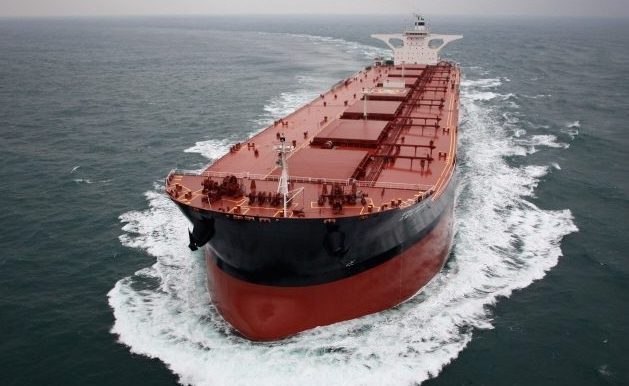Families seek answers on finding Stellar Daisy’s VDR has been damaged beyond repair

The families of the crew who last their lives on the converted ore carrier Stella Daisy two-and-a-half years ago have voiced their huge disappointment that just 7% of the data on the retrieved voyage data recorder (VDR) has been decipherable. The rest has been deemed damage beyond repair. As the Polaris Shipping ship actually contained a second identical VDR when it sank in the South Atlantic on March 31, 2017, the families are calling on the Korean government to mount another operation to retrieve this second black box.
The retrieved VDR was found by US firm Ocean Infinity in February this year. It contained two data chips. One of them is damaged with cracks, which made data extraction impossible. From the other data chip, only 7% of the data has been recovered.
“We feel appalled about the poor result of VDR data extraction, from which we had hoped to check voices of crew members, which are crucial to determine the cause of the accident,” the families said in a joint statement, demanding a new operation is mounted to find the second VDR as well as seeking an investigation into how this first black box was damaged.
The Marshall Islands-flagged Stellar Daisy was the most high profile dry bulk casualty this decade. 22 of the 24 crew died when it went down off Uruguay. The Marshall Islands’s investigation – released 750 days after the ship sank – suggests the likely direct cause of Stellar Daisy foundering was a rapid list to port following a catastrophic structural failure of the ship’s hull that resulted in a loss of buoyancy and uncontrolled flooding.
